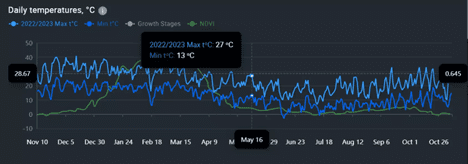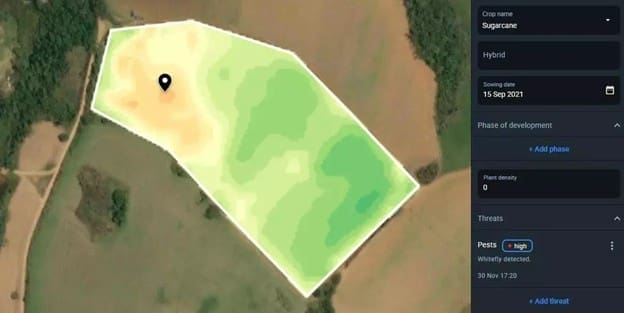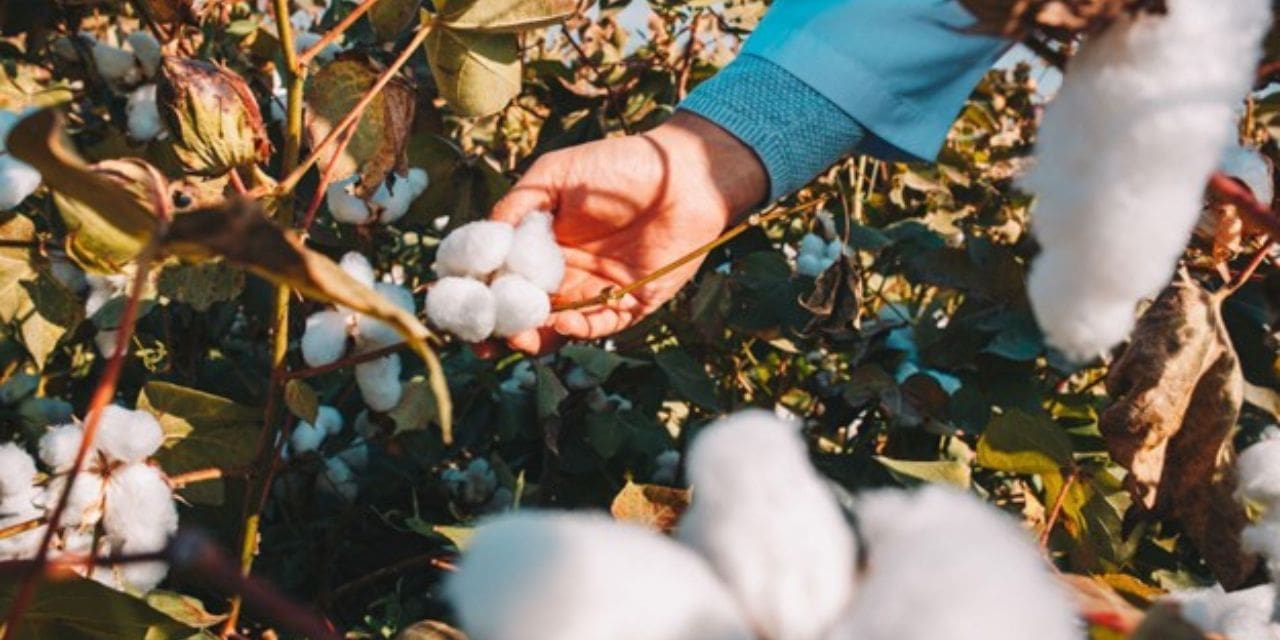Behind every cotton garment is a complex farming process that often strains the environment. Conventional cotton growing consumes too much water, depletes soil, and relies heavily on chemical treatments. With rising global demand for fiber, the industry faces a critical challenge: how to produce more raw materials with fewer resources.
Fortunately, innovations in precision agriculture, irrigation, and crop monitoring are helping cotton farmers worldwide use resources more efficiently. Advanced technologies enable growers to collect vast amounts of crop data, instantly analyze satellite images of agricultural lands, and gain site-specific insights for better decision-making. With sustainability at the forefront, these innovations are reshaping cotton production while ensuring a steady fiber supply for the textile sector.
Where Does Cotton Grow?
Sun-loving cotton grows abundantly in warm climates worldwide. China stands at the forefront, where over a hundred thousand farmers cultivate their cotton fields and 7,500 textile companies transform raw material into cloth. Just nearby, India’s northern plains, blessed with ideal temperatures of 25–35°C, produce thousands of metric tons yearly. Fifteen U.S. states, from Texas to Florida, round out the top producers. Other significant producers include Brazil, Turkey, and Pakistan. Cooler countries like the United Kingdom rely on greenhouses for cotton growing.
Resource Optimization Through Precision Agriculture Tools
Modern cotton farming relies on precision tools to match inputs with actual crop needs. Instead of treating entire fields the same way, they collect detailed data first. The process starts with detailed field mapping using drones and satellites that scan crops and soil. This data shows farmers exactly where plants need water, nutrients, or pest control.
Special GPS equipment then applies these inputs in precise amounts to specific areas. For example, areas with nutrient-poor soil receive more fertilizer, while nutrient-rich ones get less. Precision agriculture satellite imagery also shows the current crop state, allowing farmers to spot and fix problems early. This careful resource management paves the way to sustainable and cost-effective cotton farming.
Optimized Soil Sampling And Analysis
Soil testing before planting cotton lays the groundwork for abundant crop growth. Today, instead of blindly sampling fields, farmers can use satellite-based productivity maps to pinpoint low-, medium-, and high-yielding areas. These maps, created from years of satellite data for agriculture, help farmers take samples in areas with different soil characteristics.
By analyzing soil from specified areas, cotton growers can detect nutrient variabilities and adjust fertilizer applications accordingly. Proper soil management brings about higher yields, better harvest quality, and lower input costs. It also helps maintain soil fertility for future crops, making cotton farming more sustainable.
Smart Irrigation Technology
Smart irrigation makes water management in cotton growing more precise and sustainable than ever. Young plants don’t consume much water and lose most of it through soil evaporation, but as they mature and develop full leaves and bolls, their thirst grows considerably. By tracking daily temperatures and evapotranspiration rates with agriculture satellite data, farmers can match water delivery to their cotton’s exact needs.

Historical data for analysis of field weather conditions.
Support from local authorities can help speed up the adoption of smart irrigation. Australia’s “Smarter Irrigation for Profit” project is a good example — it focuses on developing automated systems that rely on real-time sensors to track soil moisture, plant health, and weather. This technology helps farmers use water efficiently while boosting crop yields.
Integrated Weed Control
Cotton seedlings face strong competition from weeds in the first two months after planting, before their leaves can shade the ground and naturally suppress weed growth. While traditional weed control relies heavily on herbicides, integrated management offers more sustainable solutions. These include preventative methods like mulching and crop rotation, combined with precise herbicide application using variable rate technology. Satellite-based vegetation maps, such as those in EOSDA Crop Monitoring, help pinpoint weed-infested areas and apply chemical treatments selectively to save resources and reduce environmental risks.

Inspecting the field for pests and diseases
Remote Crop Monitoring
Modern cotton farming pairs human expertise with digital observation tools. A trio of technologies keeps watch over every field around the clock: orbiting satellites that scan entire farms for signs of trouble, drones that inspect crops more closely with precision cameras, and IoT sensors that track hyperlocal conditions like soil moisture. These technologies work together so that farmers can act before small problems escalate. With better insights into crop health and soil conditions through sensors and farm satellite imagery, cotton growers can boost productivity while conserving water and reducing unnecessary pesticide or fertilizer use.
Data Analytics And Decision Support Systems
Digital analytical tools transform raw agriculture satellite imagery into practical farming decisions for cotton growers. Data analytics create detailed pictures of each field’s needs, helping growers know exactly when to water, where to adjust nutrients, and how to protect crops from pests. The decision support systems (DSS) learn from past seasons, showing which methods worked best in different weather conditions — from planting dates to irrigation methods. Using DSS, farmers can learn more about their fields and promptly make precise, informed decisions.
A data-driven approach makes cotton farming more precise and sustainable, allowing producers to stay ahead of challenges while meeting the growing demand for responsible agricultural practices. Looking ahead, AI-driven models will provide farmers with early warnings of critical crop health risks, enabling proactive responses. Blockchain technology might also ensure that cotton’s journey from farm to factory remains transparent and verifiable. As precision agriculture technologies evolve, growers will gain more advanced tools to perfect their farming techniques, minimize waste, and maximize productivity in a truly sustainable way.

